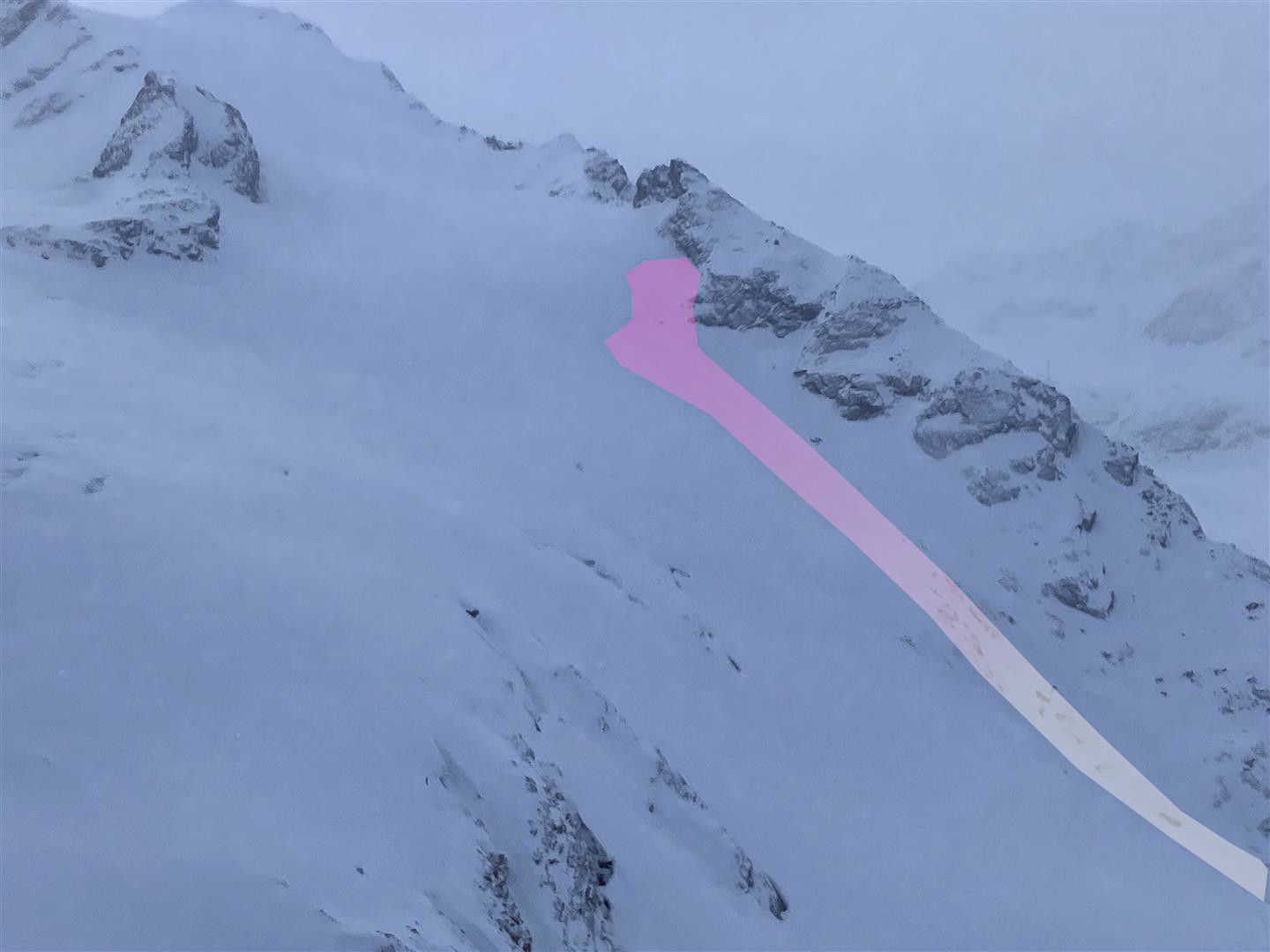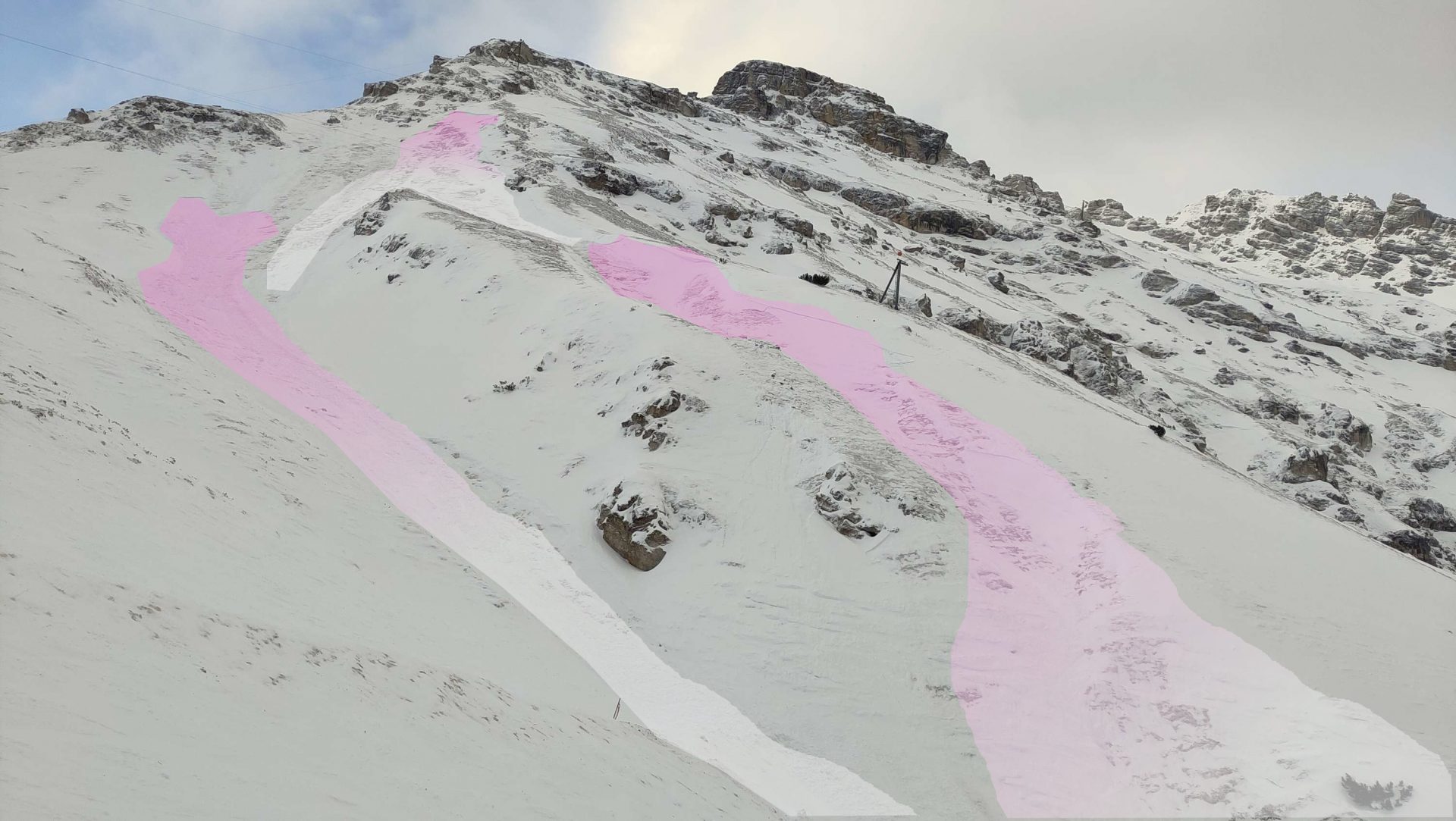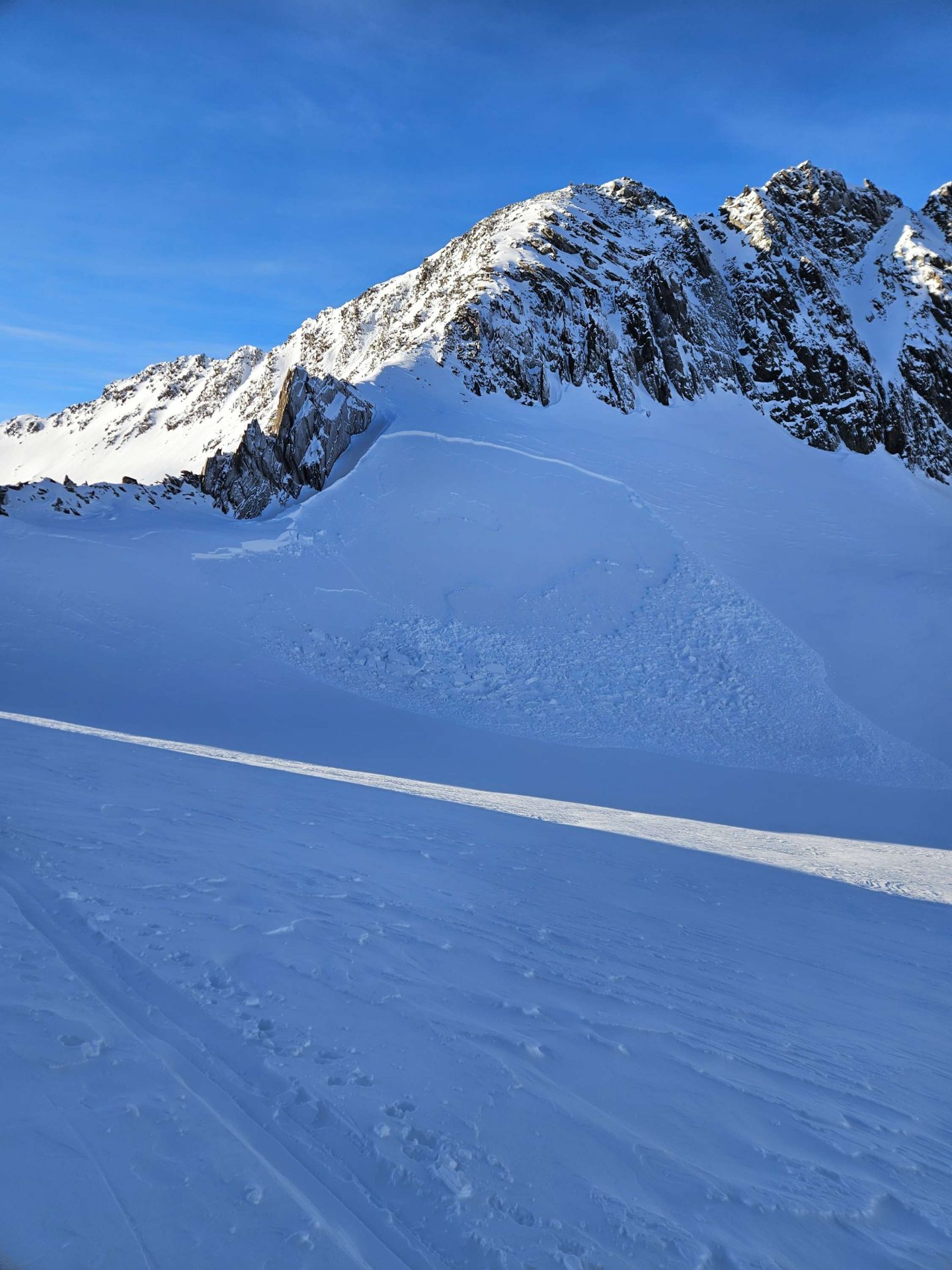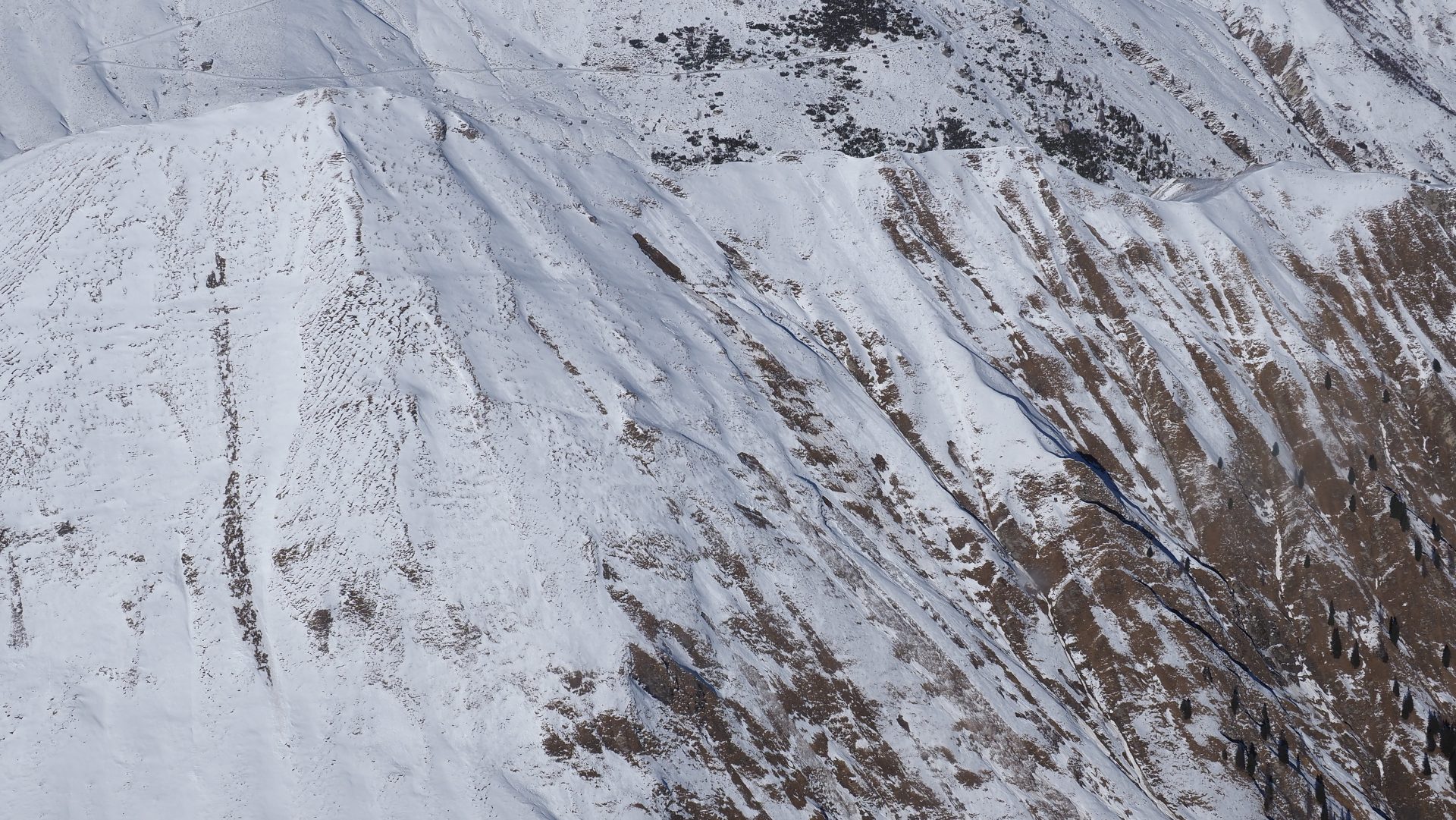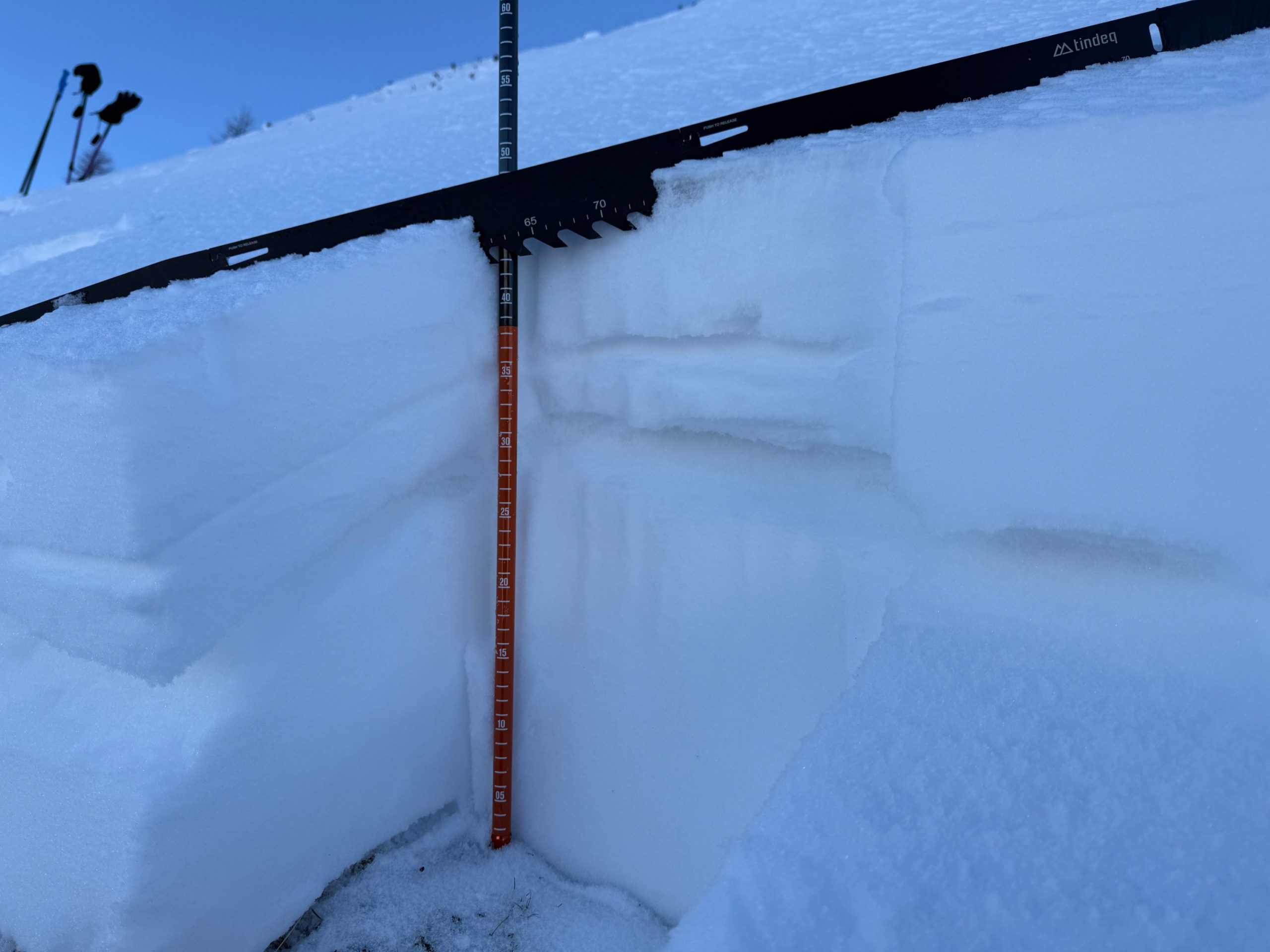On Friday, 20.12 a cold front is bringing generally 15 to 30 cm of fresh snow. Starting on Sunday, 22.12, and until 25.12, three rounds of precipitation. In northern and northwestern regions of North Tirol, intensive snowfall. Caution: avalanche danger will increase significantly.
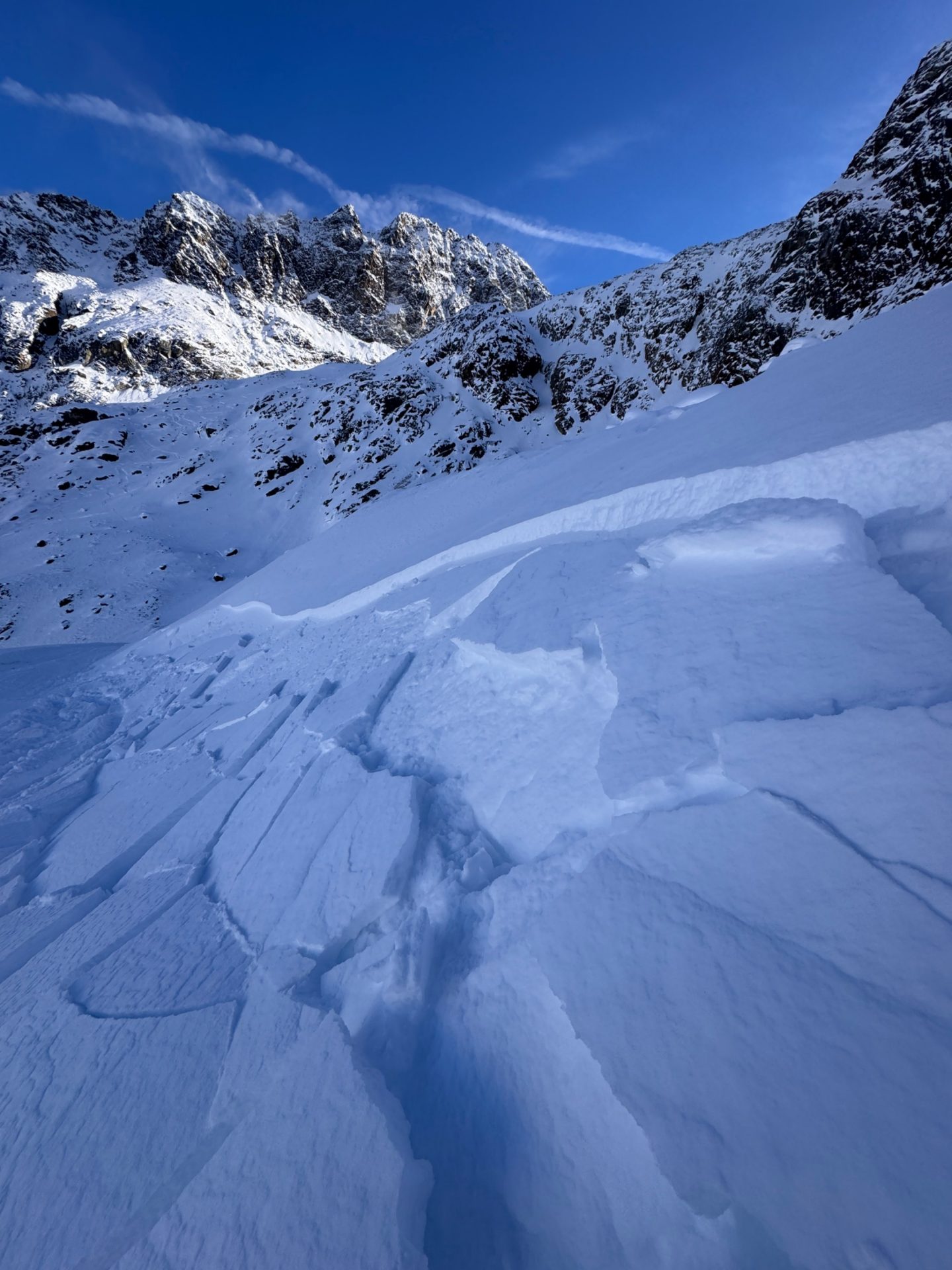
Current situation
Not much snow on the ground
The snow depths in Tirol continue to be below-average. Reasonably good conditions for backcountry skiing and freeriding tours are rare. The danger of injuries from meeting up with rocks in outlying terrain is higher today (19.12.2024) than that of avalanches. Most snow is found in western regions and at high altitudes along the Main Alpine Ridge.
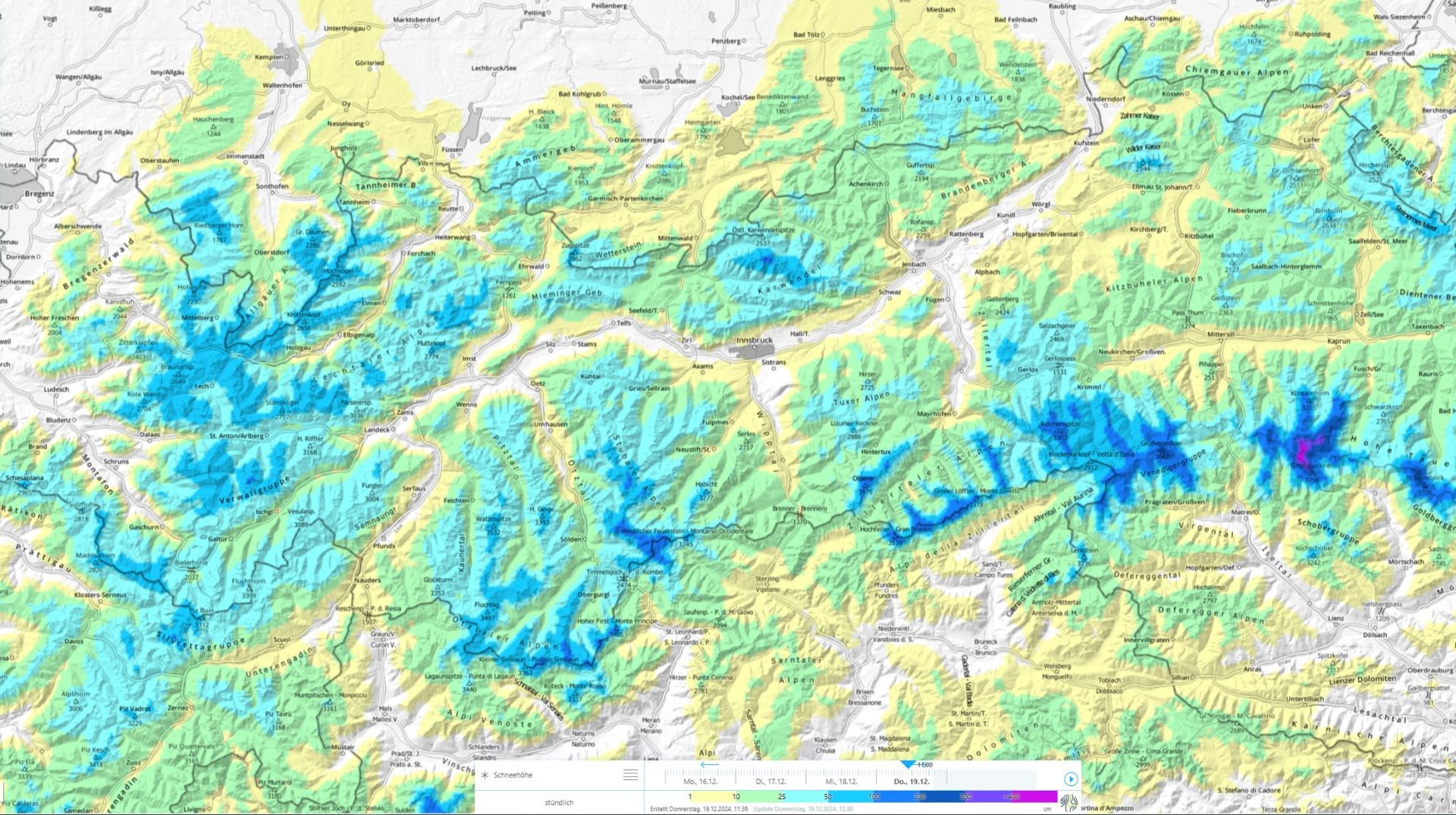
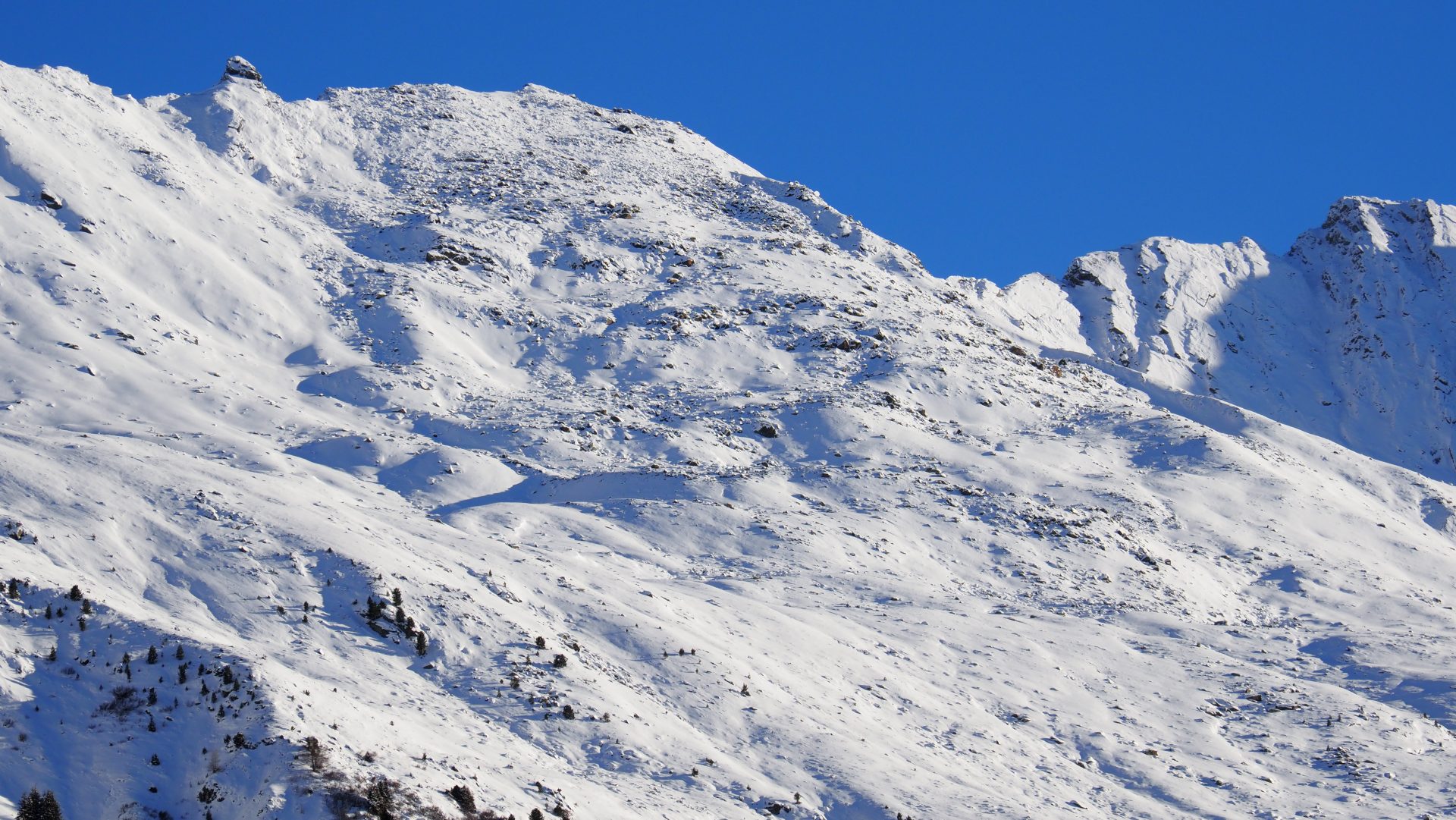
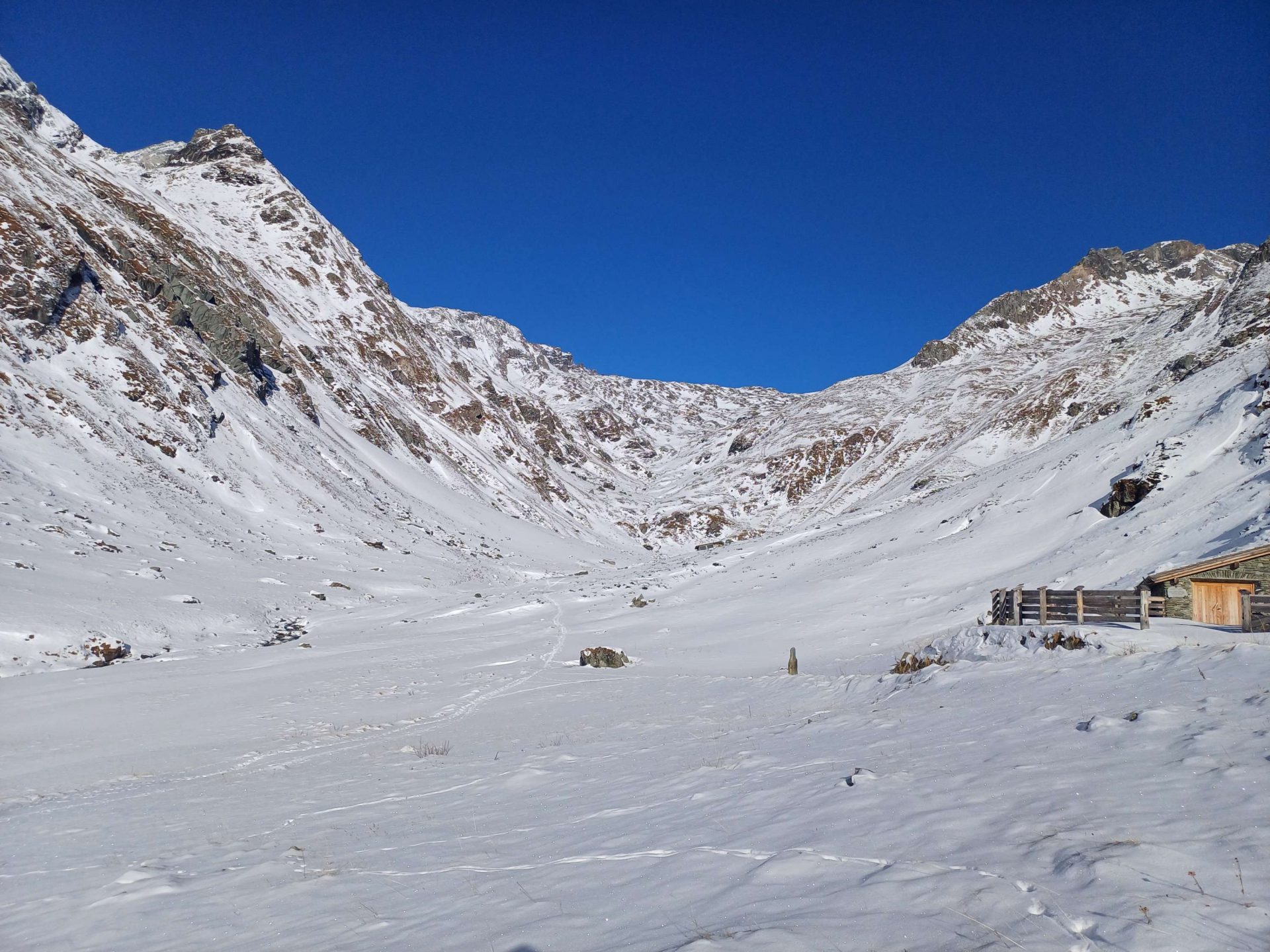
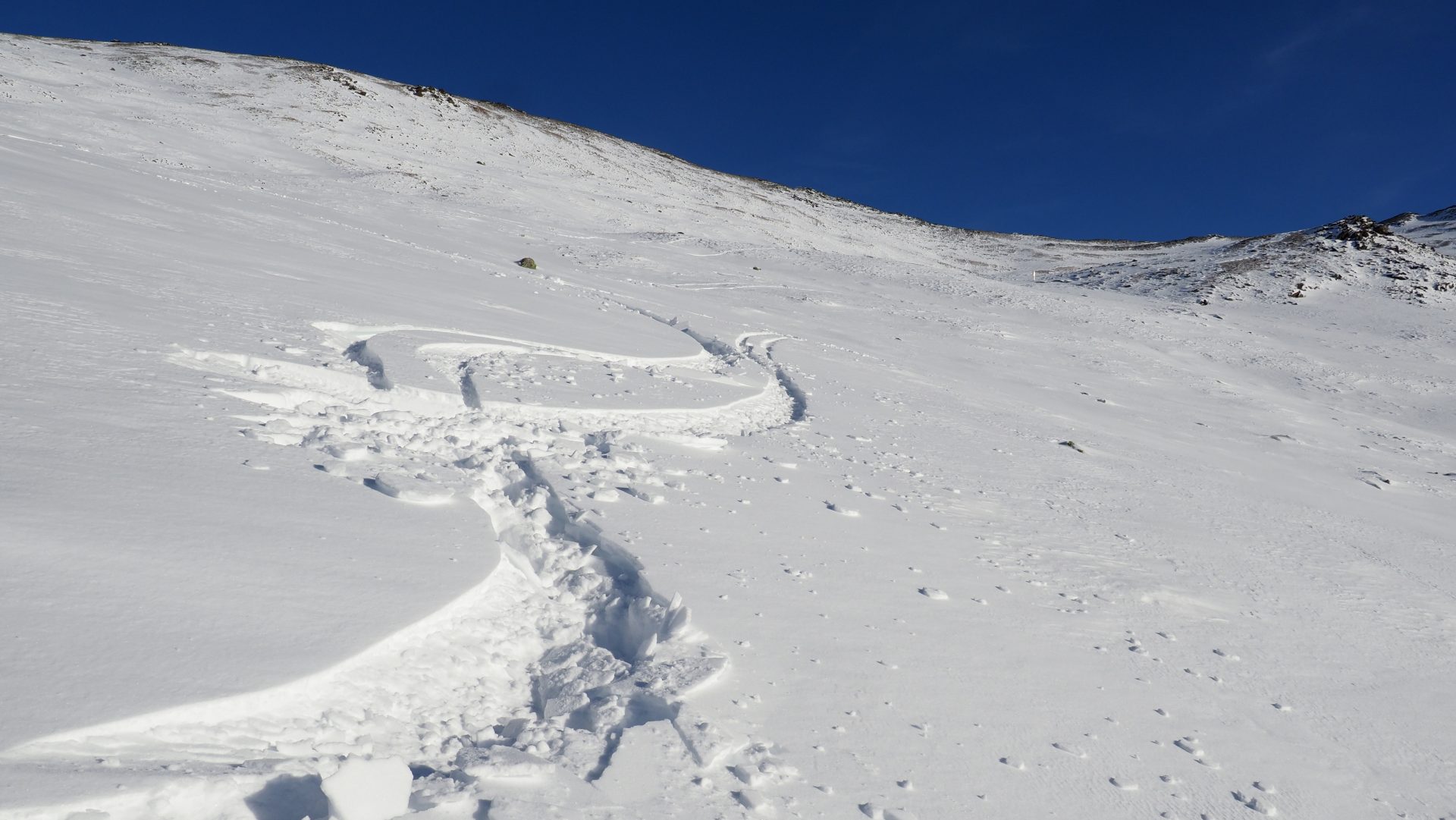
Snowpack generally weak
Several snowpack analyses and numerous reports from outlying terrain by our observers and winter sports enthusiasts corroborate amply that the snowpack layering is weak. This currently applies to altitudes above 2000m. To start with, mostly shady slopes, then with ascending altitude also on west-facing, east-facing and south-facing slopes. Currently (today on 19.12) a marked slab above the weak layers of the shallow snowpack is frequently still lacking.
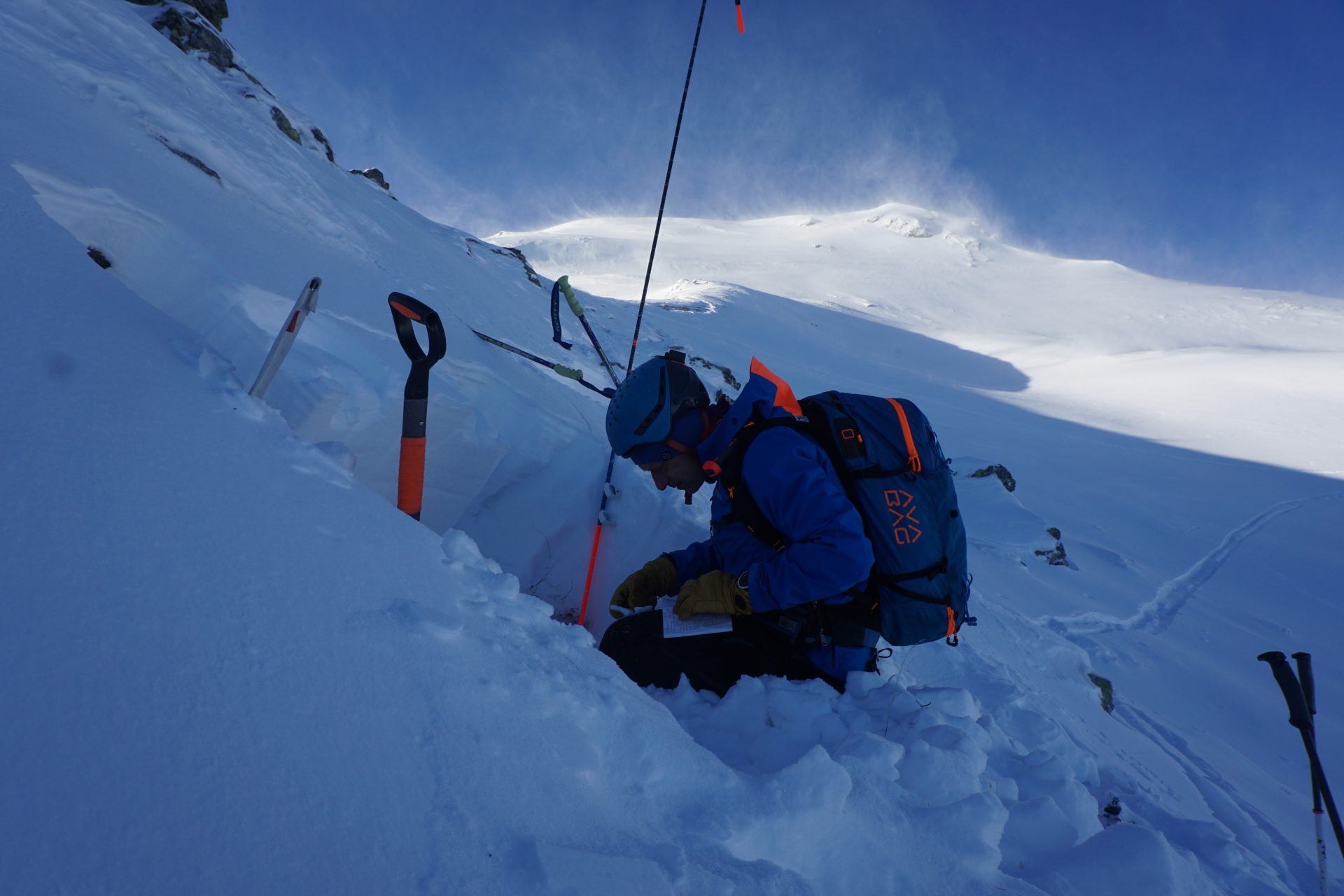
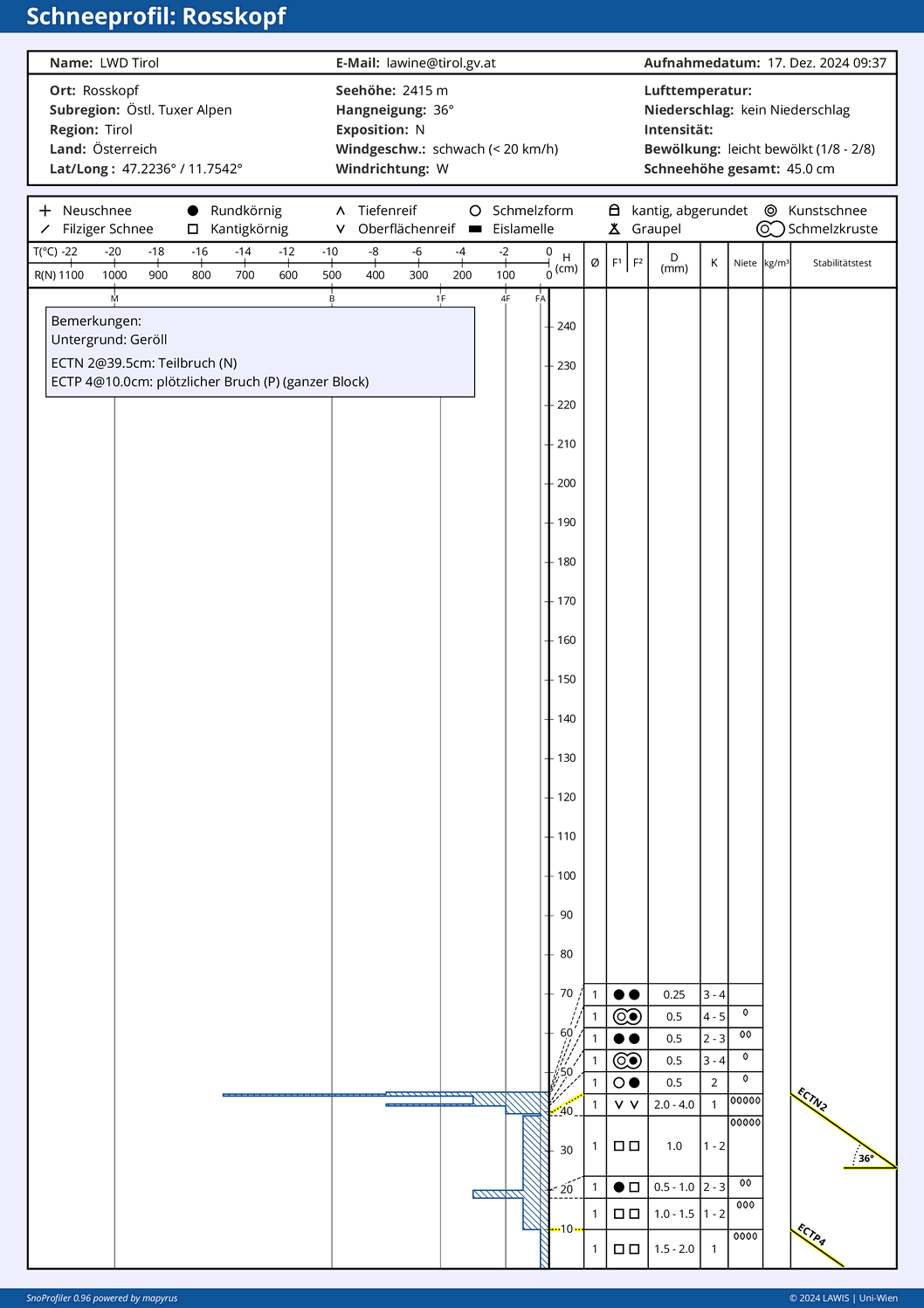
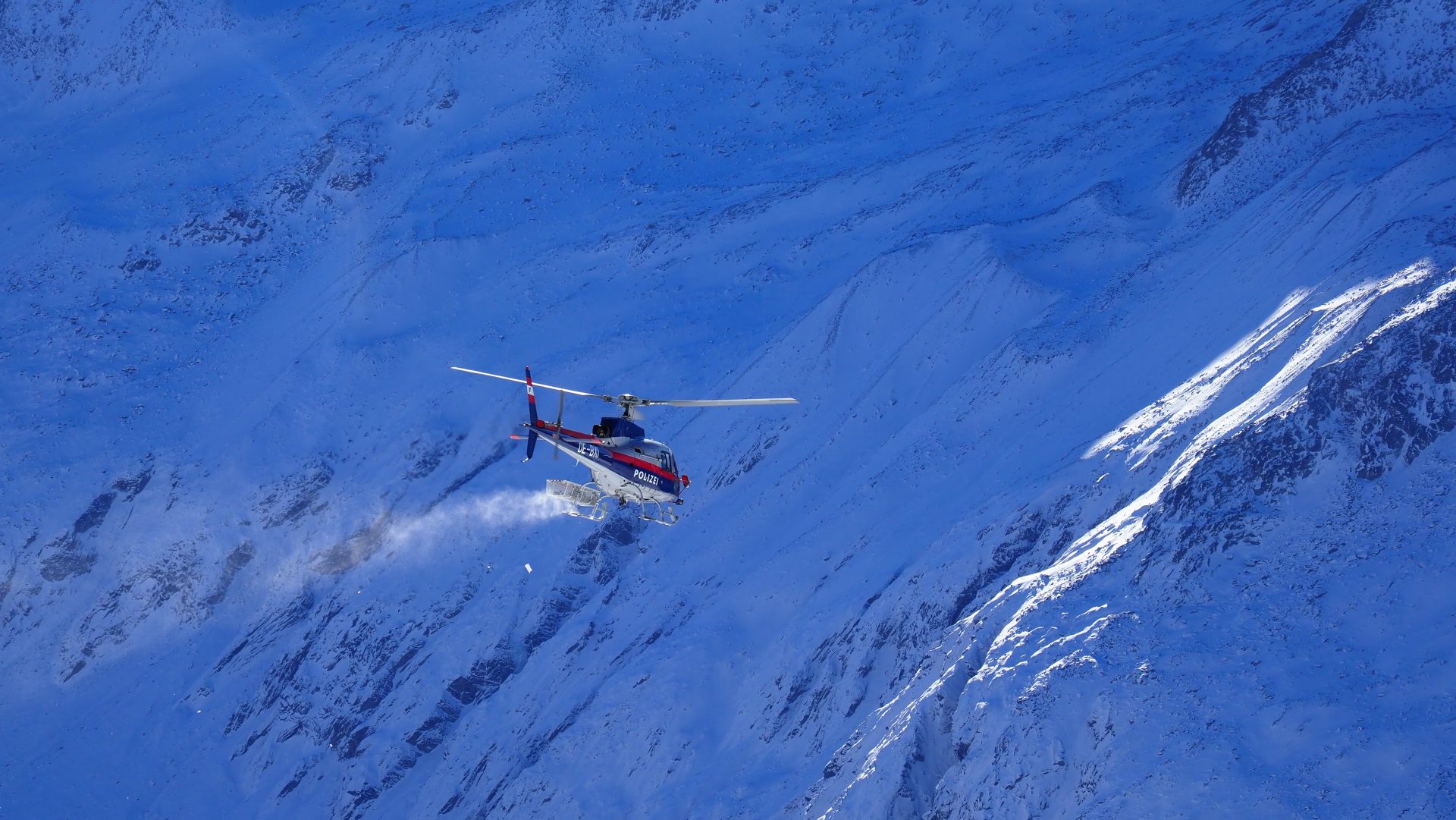
The warm front on Sunday night, 16.12, has a certain significance for the approaching precipitation: in the eastern and northern regions there was about 5-10mm of rainfall, in the remaining regions it rained up to 2200-2400m regionally.
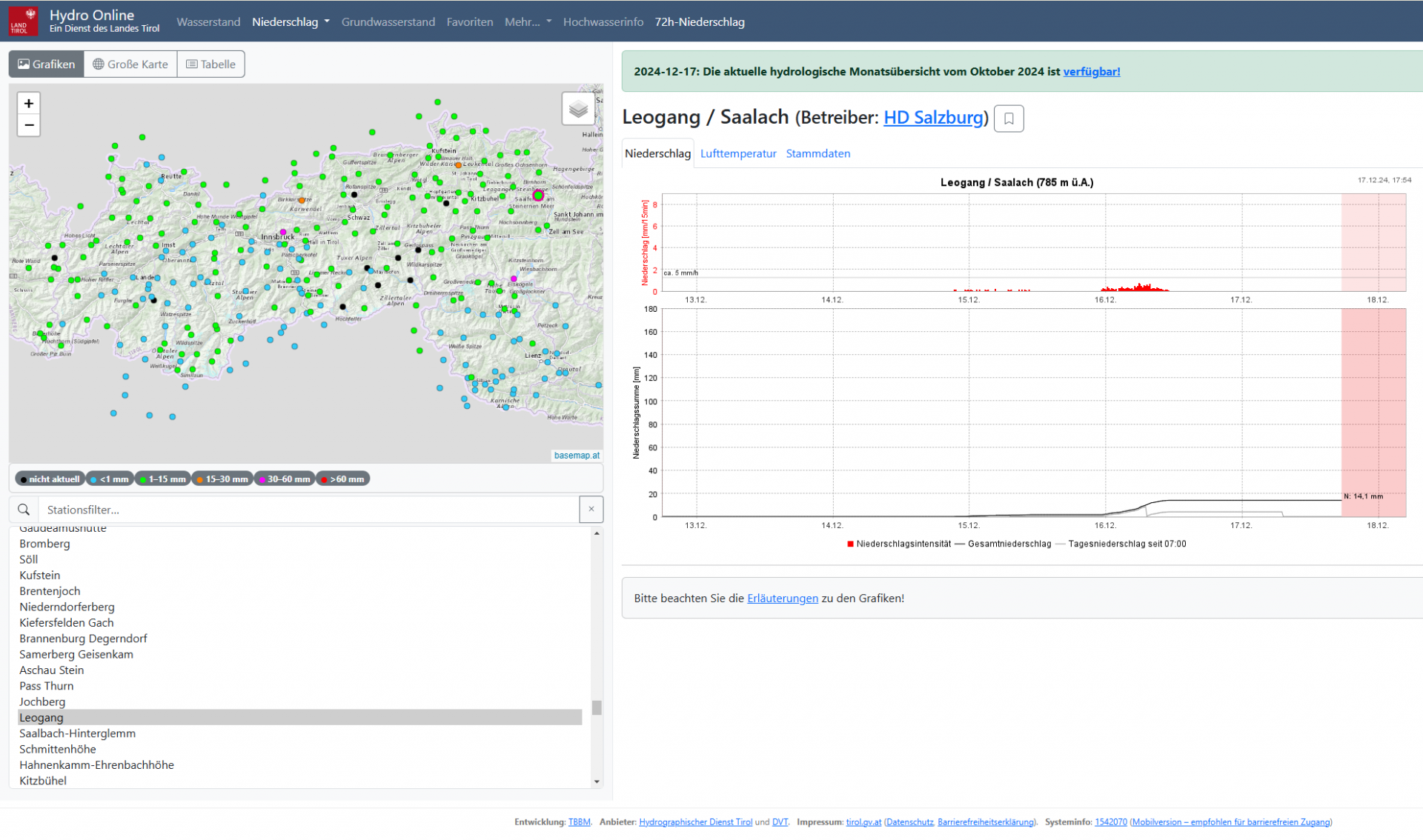
In the wake of this rainfall, ice films and a thin melt-freeze crust were formed on the snowpack surface. These will soon be covered by fresh snowfall. Then the likelihood of larger-scaled fracture propagation will increase.
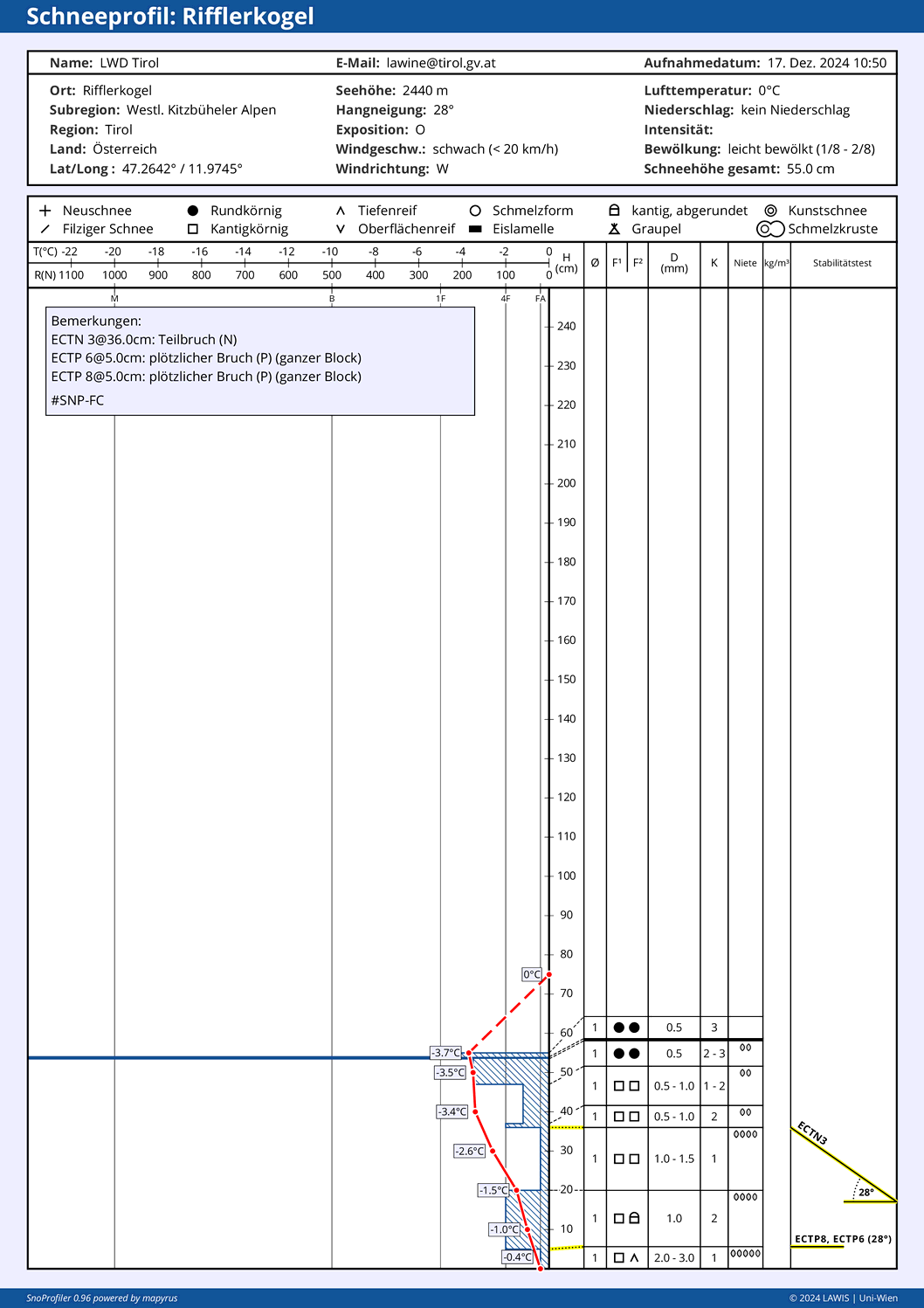
Below about 2000m the snowpack is moist in all aspects due to the rise in temperatures starting on 16 December. On sunny slopes the snowpack became wetter deeper down.
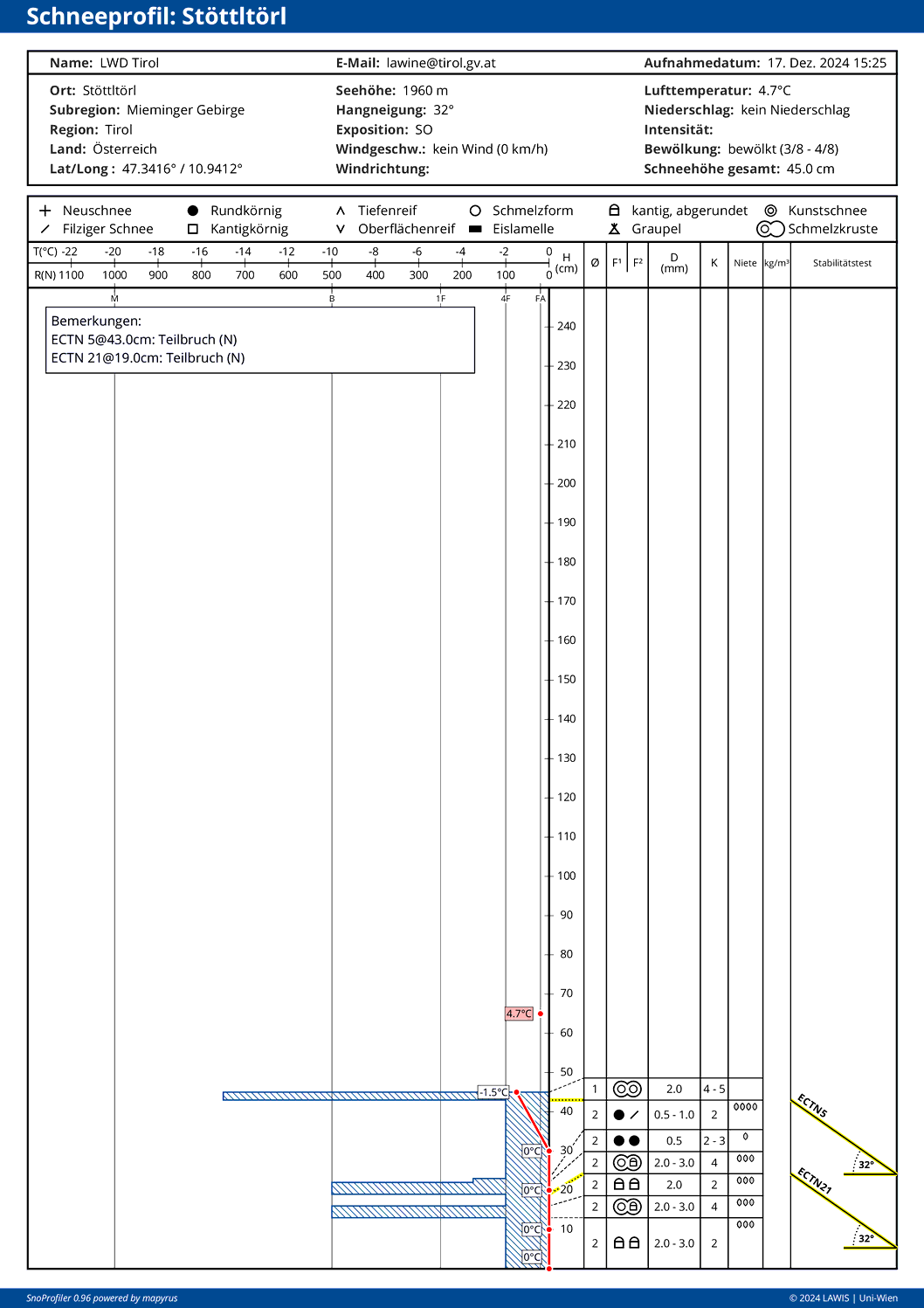
For further snow profiles, see this Link.
Outlook: (significant) increase in avalanche danger
Starting today and tomorrow (19-20 December) a cold front will spread about 15-30cm of fresh snow and strong, then slackening off NW winds.
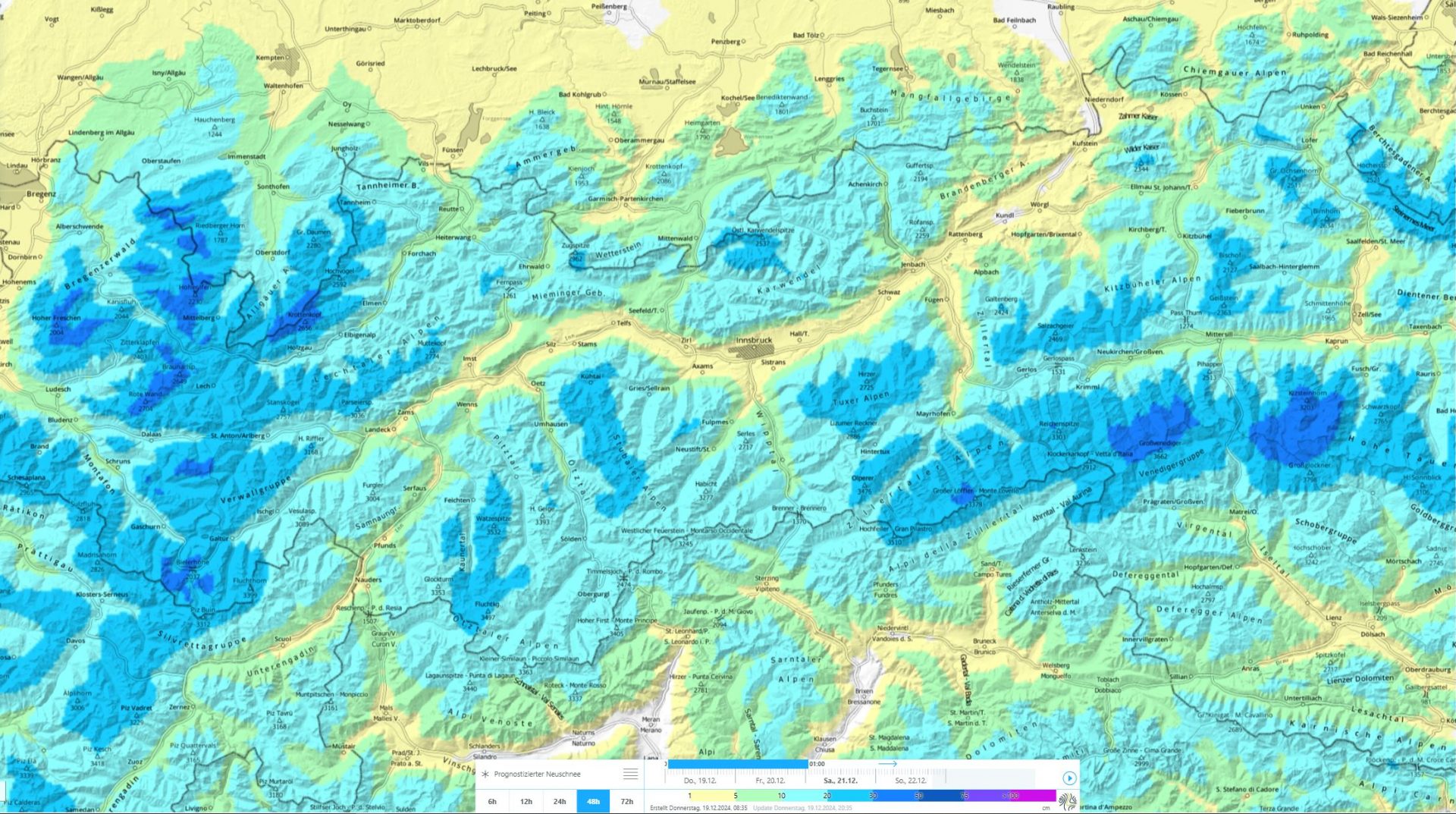
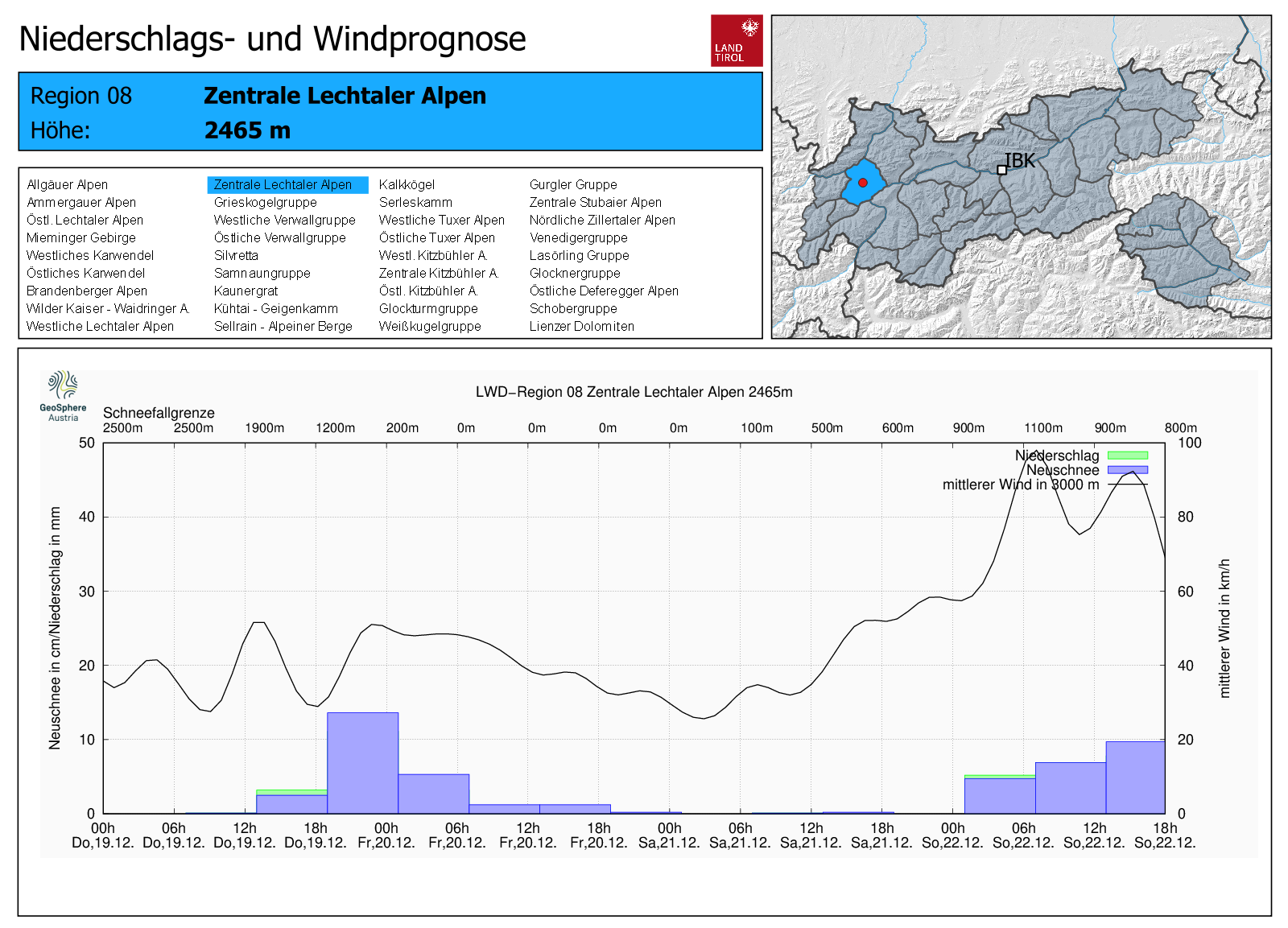
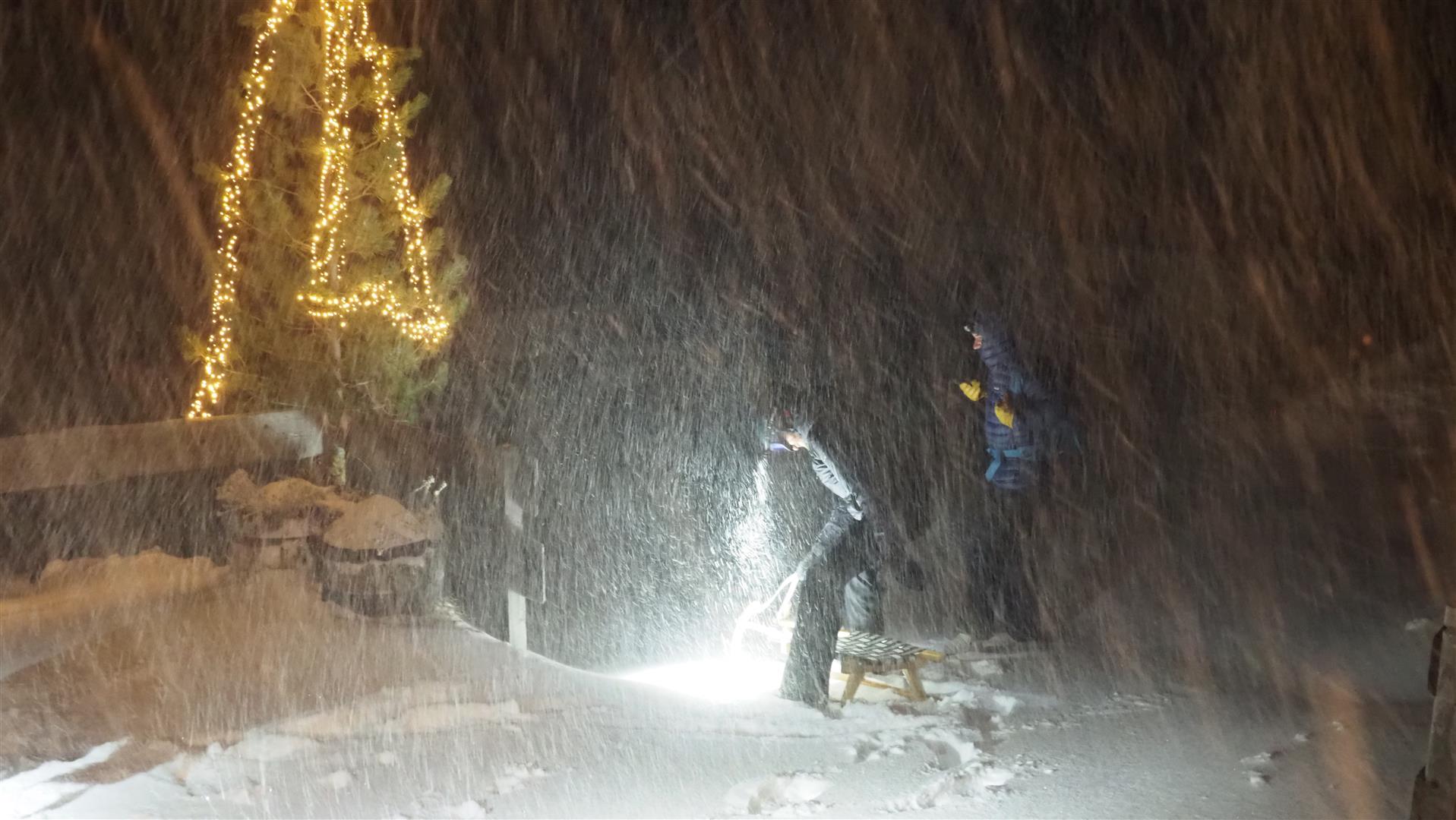
Starting on Sunday in three bouts of precipitation, heavy snowfall will often be registered in North Tirol. Further details will be published at latest on Monday, 23 December, in a new blog.
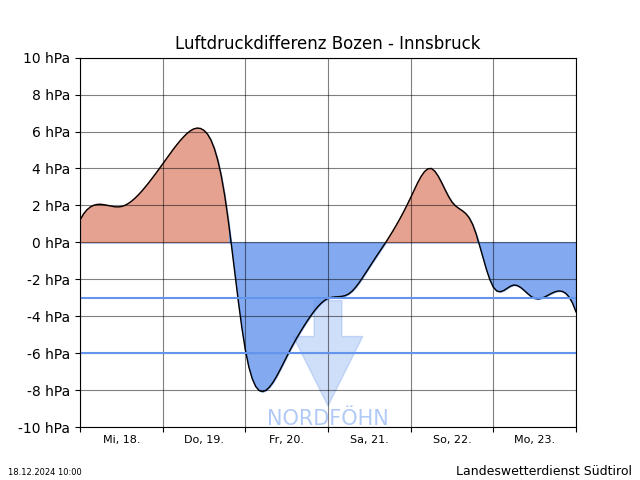
One thing is certain: avalanche danger in the regions with the heaviest snowfall will rise markedly.
Review
Highly varied weather developments
Last week was variable. Initially, high-pressure front and cool temperatures, then a bit of precipitation and rising temperatures, followed by more high-pressure front conditions and increasing wind impact. The snowpack was moistened up to about 2000m in all aspects, higher up on sunny slopes.
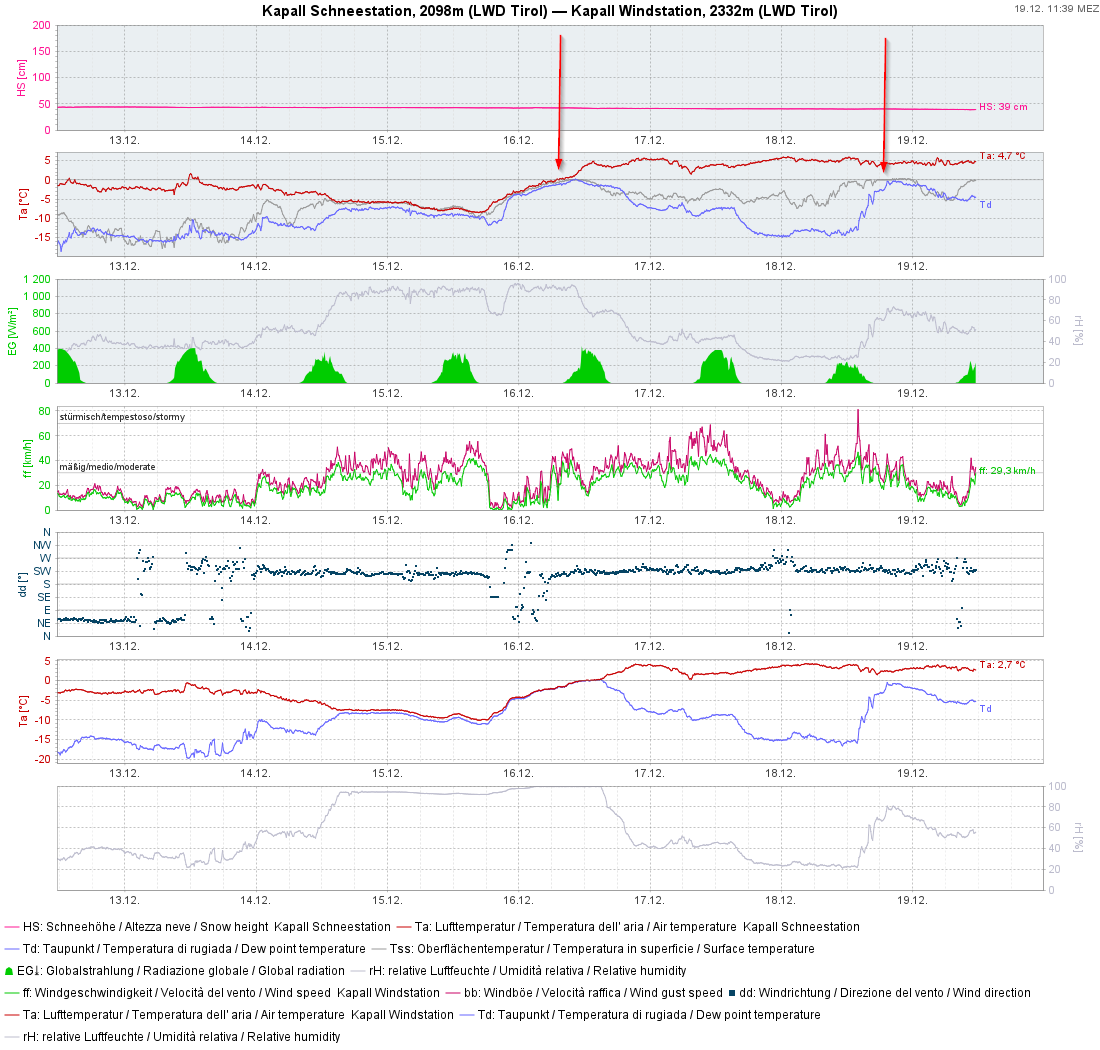
Avalanche releases mostly from persistent weak layer
During the course of the week we were informed of a few avalanche releases. As far as we know, none involved persons. The avalanches were mostly due to the persistent weak layer. As a result of rising temperatures and the moistening of the shallow snowpack at low and intermediate altitudes, glide-snow slides increased somewhat.
